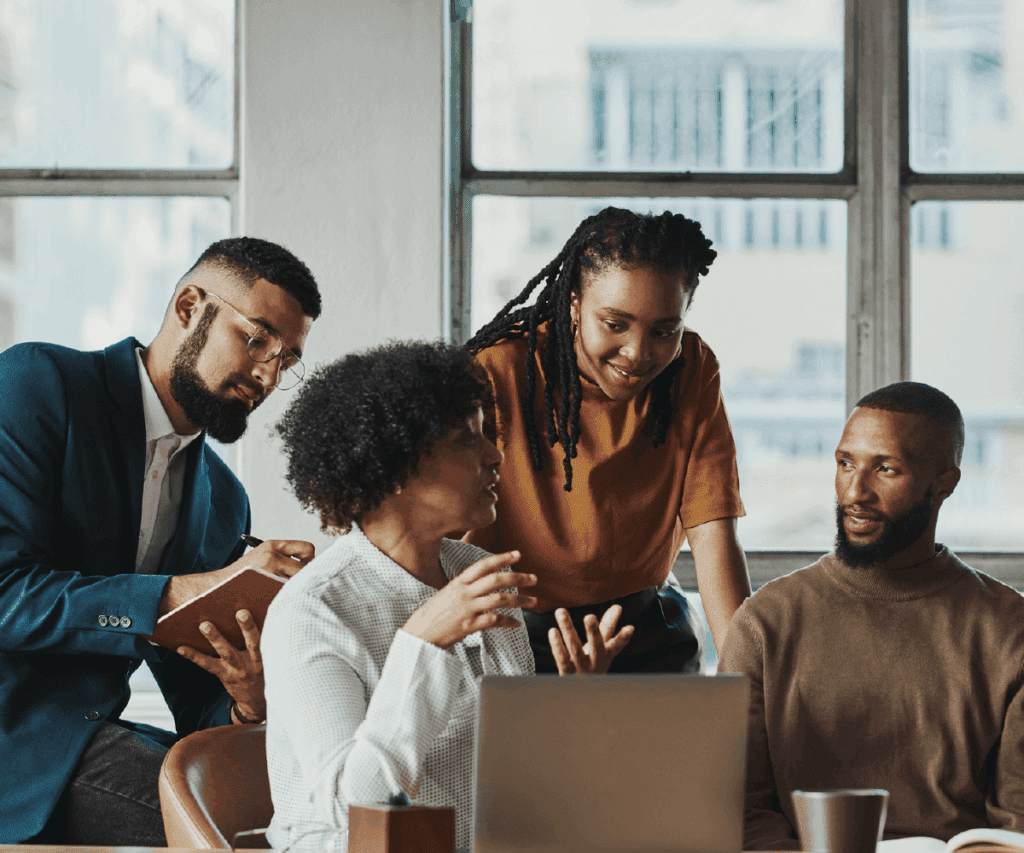3 reasons nonprofits should focus on the donor experience

To maintain consistent funding, many nonprofit organizations must think of new ways to attract and retain donors. Converting one-time donors into regular, loyal supporters will produce a dependable source of funding for years to come.
So how can nonprofits convert these donors? While dedicated marketing strategies and engaging fundraising ideas can go a long way toward maintaining support, the most effective way to retain a donor is by creating a rewarding donor experience.
Here are three reasons to create a donor experience that will keep supporter relationships thriving.
1. Donor acquisition is more expensive than donor retention.
Attracting new donors to an organization is the definition of starting from scratch. Marketing costs alone eat up between five and 15 percent of a nonprofit’s budget. On top of marketing materials, there are various costs and efforts associated with bringing in a new donor, such as:
- Raising awareness for your cause.
- Building trust and positioning your organization as the solution to a problem.
- Making an emotional connection with the potential donor.
- Facilitating the process of actually making the first gift.
Focusing on supporters who have already given to your nonprofit is significantly less intensive and has the potential to be far more meaningful. Instead of promoting their organization, nonprofit leaders can focus on getting to know the donor and offering new ways for them to get involved that might appeal to them more.
One-time donors are the perfect audience for these efforts since they already support your cause, trust you to make a difference, and believe in your work enough to contribute their own money. Crafting a valuable experience for these supporters will keep them engaged and make them want to stick around.
2. Committed donors will give to multiple projects.
Loyal donors are already sold on the trustworthiness and effectiveness of your organization. They believe in your ability to use their donations to effect real change, so it’s easier to deepen the relationship and increase the amount or frequency of their giving. After their initial gift, they might be interested in other methods of supporting your nonprofit, such as:
- Monthly giving
- Matching gifts through their employer
- Fundraising events
- Volunteer opportunities
Not only will donors be interested in convenient and engaging giving methods, but they’ll likely want to contribute to multiple projects or programs if they’re already committed to supporting your organization.
Communicate with these donors and share the impact of their most recent donation to introduce them to other areas of your program that might interest them. You can also further engage these donors digitally by sending thank-you emails to emphasize the importance of their continued support.
3. Regular donors will share insights that you can use to attract new donors.
Donor acquisition may not be your nonprofit’s first priority when you have existing supporters to engage, but it should definitely be part of your organization’s future plans. To understand the giving motivations of prospective donors, gain insights from surveying your current supporters. Ask the following questions about their involvement:
- What initially attracted you to our organization?
- What inspires you to continue supporting our work?
- What excites you about [program name]?
- What news or updates would you like to receive from us?
- What aspects of our charitable programs would you like to see firsthand?
- What experiences with our organization have made the biggest impact on you?
The answers you receive to these questions will provide you with helpful information in two ways. First, you’ll better understand what attracts donors to your organization and leverage that insight to attract new donors.
Also, you can use this feedback to improve your current donors’ experiences with your nonprofit. Learn more about their motivations and priorities to provide opportunities for them to get involved in ways that are meaningful to them.
The donor experience is vital to nonprofit success
Planning and creating a donor experience that grows relationships and encourages donors to increase their support takes time and energy. However, the benefits your nonprofit sees will be worth the resources you put into it. By optimizing the donor experience, you’ll have confidence that your programs will remain funded and thriving year after year.
Work with Bonterra



